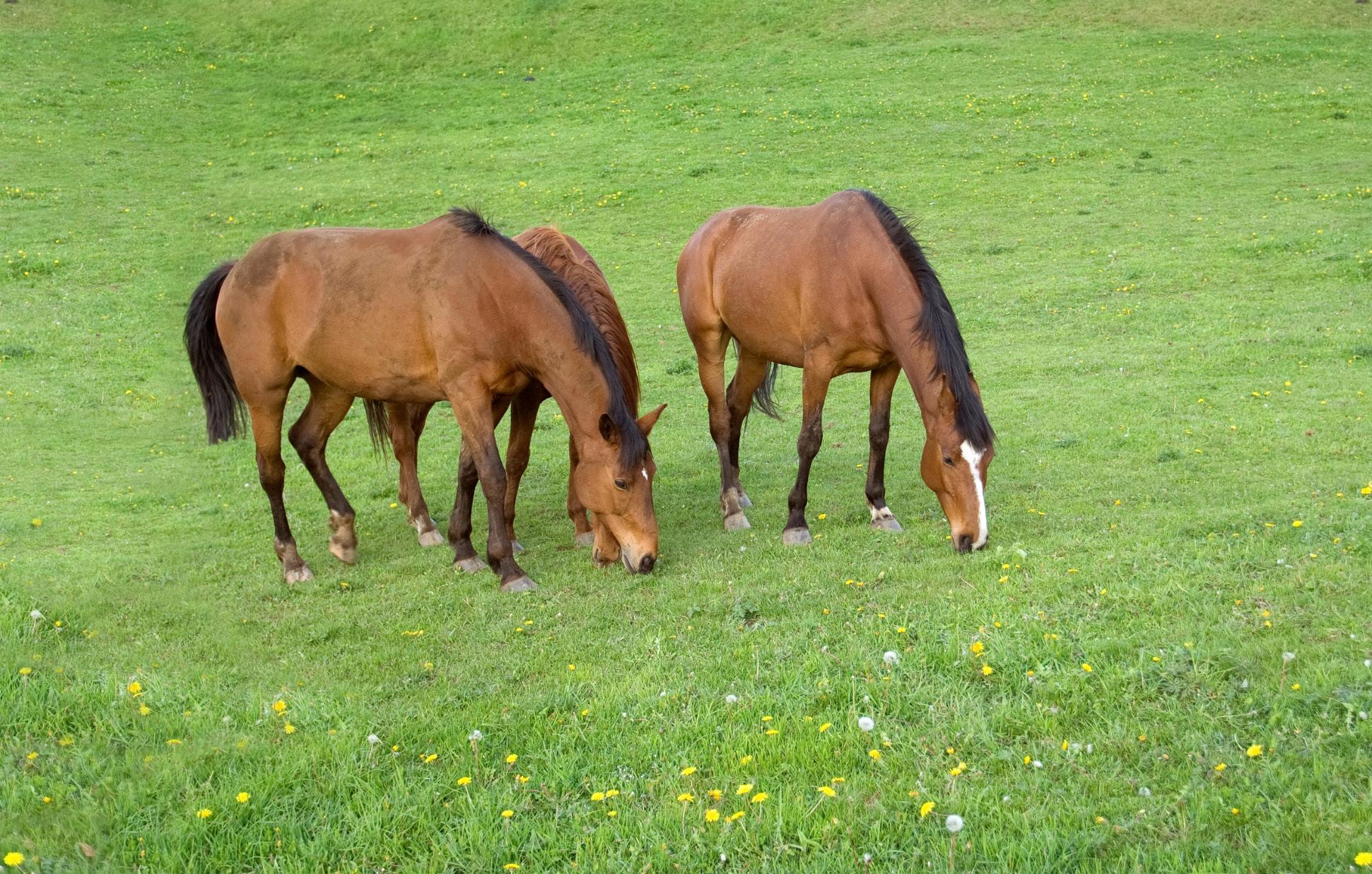
4 minute read
Beware, spring is in the air
If you have a horse that’s prone to laminitis and you live in a warmer climate where the grass grows rapidly in spring, you might have noticed that that’s when your horse’s laminitis seems to get worse, or that the condition occurs more frequently. You may also have noticed that horses and ponies prone to laminitis are also prone to being overweight.
The two often seem to go hand in hand. Just as the increased weight gain you have observed in your good-doer pony is likely due to the spring grass, so too is the laminitis. To understand why, we need to look at what makes spring grass different, how it affects a horse’s digestion, and how that affects the prevalence and severity of laminitis. Laminitis refers to the separation of the hoof wall from the bone inside it (the pedal bone). In a healthy hoof, the hoof wall is attached to the pedal bone by connective tissue called lamellae. It is the failure of this connection that causes the pedal bone to rotate downwards. This is understandably very painful and is usually accompanied by inflammation. It is because of this inflammation that signs of laminitis can include excessive heat in the affected hoof and an elevated digital pulse. Additionally, laminitis can cause lameness. Once a horse has had laminitis, recovery is possible but the chance of it reoccurring becomes more likely. Although laminitis can be caused by a range of factors, this article will focus on the potential of a carbohydrate overload from spring grass and its effect on insulin.
Non-structural carbohydrates
Non-structural carbohydrates (NSC) are the carbohydrates in plants that do not contribute to the structure of the functioning plant. Examples of NSC include starches, fructans and simple sugars. Structural carbohydrates, as the name suggests, do contribute to the structure of the plant and include cellulose, hemicellulose and lignin. Although lignin is not very digestible, cellulose and hemicellulose help to promote a healthy microflora balance. Grasses at different stages of growth have different quantities and types of carbohydrates. New growth, such as grass in spring time, is usually higher in NSC than in structural carbohydrates. Mature grasses, including those found in late summer, are generally higher in structural carbohydrates.
Microflora magic
Humans can only digest the NSC in plants, whereas horses can digest both types of plant carbohydrate. They are able to do this because of certain microorganisms in their digestive tract that do the digesting for them. Ideally, NSC are digested in the small intestine, while structural carbohydrates are digested in the large intestine in a chamber called the caecum. If there are more NSC than can be digested by the small intestine, what remains will be digested in the caecum and colon along with the structural carbohydrates. If this happens, the microflora balance can tip in favour of the microflora that specialise in digesting NSC, which may have serious consequences.
There are many different types of microflora in the equine large intestine, and each type has a specific diet. For example, some microflora might specialise in digesting structural carbohydrates such as cellulose. As long as there is plenty of cellulose, the microflora will continue to flourish and maintain a healthy number.
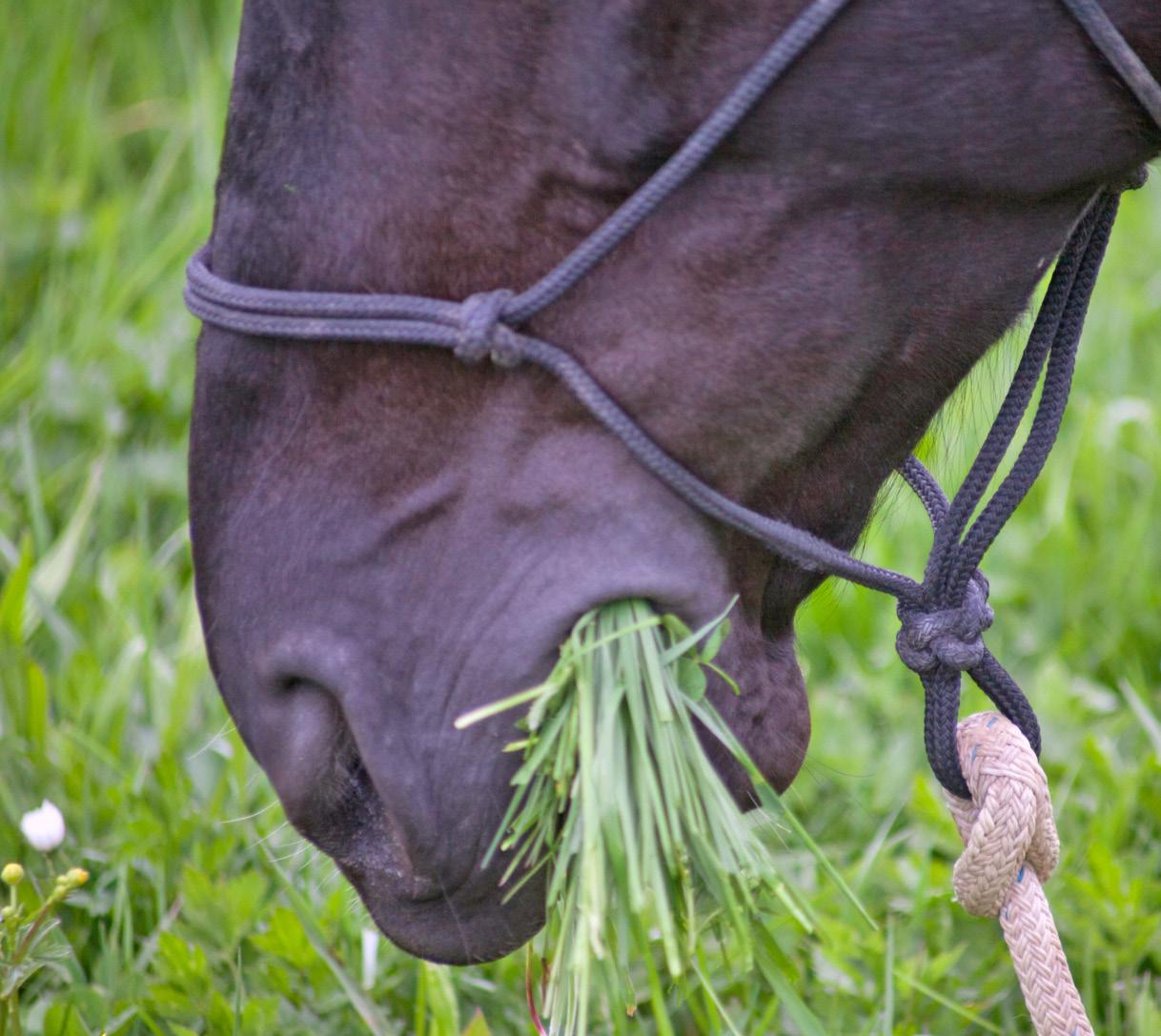
There are also large intestine microflora, lactobacilli for example, that specialise in digesting NSC. It’s perfectly normal for these bacteria to exist in a healthy large intestine. However, if there is an oversupply of NSC, especially a sudden one, it can cause a rapid growth of lactobacilli.
product of digestion. If a large quantity of lactic acid is produced in a short time, it can alter the pH of the large intestine, making it more acidic. This shift in pH to a more acidic environment can cause some other species of microflora to die.
Acidosis
This increase can be a problem in that lactobacilli produce lactic acid as a by-
One consequence of killing off microflora is that it reduces diversity, which in turn decreases the nutrients that the horse can obtain from their feed. However, the most important consequence of the sudden death of significant numbers of large intestine microflora is the release of endotoxins. Endotoxins are usually perfectly harmless to the horse, because they are contained inside the microflora. It is when the microflora die and disintegrate that the toxins are released. Horses can usually deal with a little bit of endotoxin release at a time, after all, microflora aren’t immune to death. But when there is a mass death event, such as one caused by an environment that has suddenly become too acidic, the endotoxin release is too much for the horse to neutralise, resulting in a condition called acidosis, a potential trigger for laminitis.
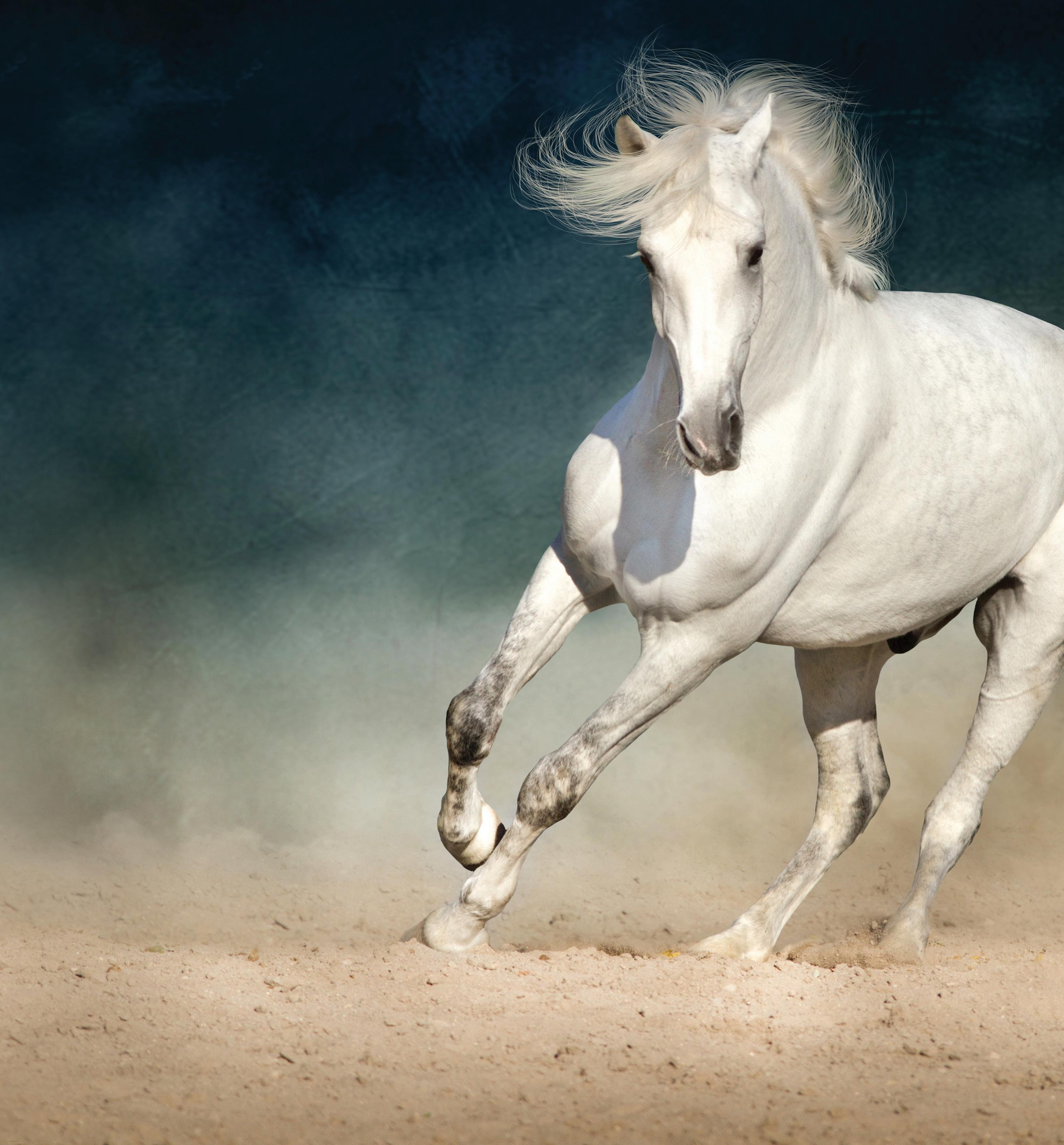
The symptoms of acidosis can resemble those of colic. Additionally, a horse with acidosis usually has a reduced appetite and may develop gastrointestinal ulcers. However, the most relevant potential complication arising from acidosis is laminitis.
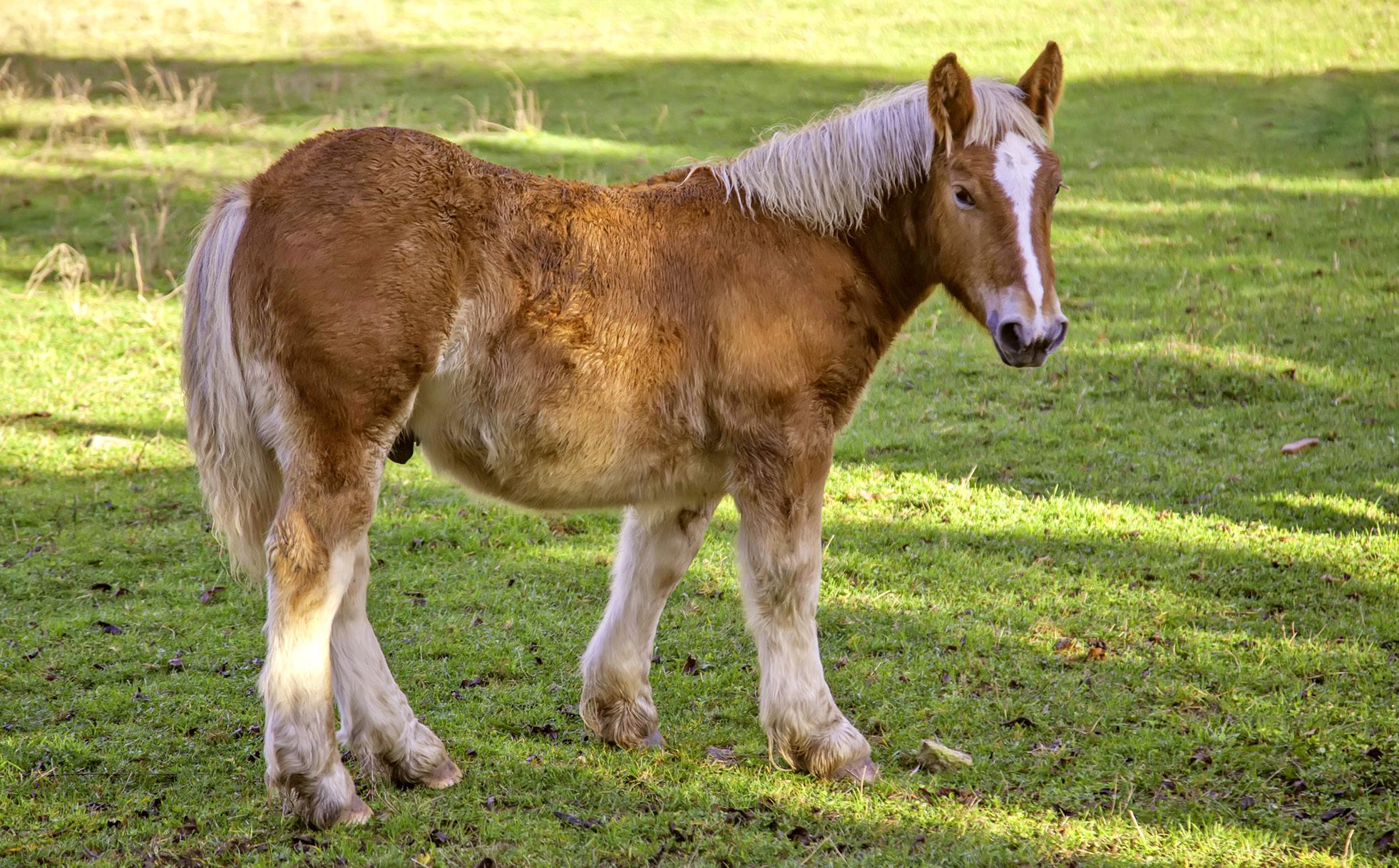
But this is not the only way spring grass can cause laminitis. It can also contribute to insulin resistance, yet another factor in the laminitis equation. Insulin resistance, which can develop as a result of feeds high in NSC, is quite complex - but where laminitis is concerned, it helps to know that insulin resistance results from a higher than normal amount of insulin in the bloodstream. Studies have shown that increased insulin levels in the blood can induce laminitis in otherwise healthy horses. An increase in a horse’s weight, when in excess, associated with the NSC in spring grass further increases the chances of insulin resistance and with it, the possibility of laminitis.
Decreasing the risk
Although it is important to decrease the risk of insulin resistance by maintaining your horse at a healthy weight, care should be taken when trying to trim down your obese horse, because the absence of feed entirely in the ‘starvation’ paddock can be another cause of acidosis. Horses need an almost constant supply of structural carbohydrates to maintain healthy microflora. Their saliva acts as an acid buffer for their stomach, which is constantly producing acid. Unlike Pavlov’s dogs, horses don’t salivate in response to the thought of food, they salivate in response to chewing. So, depriving them of food for extended periods not only risks acidosis in the hindgut, leading to laminitis, it can also cause stomach ulcers from a build-up of non-neutralised stomach acid.
Managing their health
Although it can be challenging to manage your horse’s nutritional health during spring, there are steps you can take to make sure spring grass is not an enemy. Your equine nutritionist can put you on the right track to maintaining your horse’s weight, while preventing or reducing the incidence and severity of laminitis, and also avoiding acidosis. With their help, you can reduce the dangers of NSC during spring, safely slim down an overweight horse, all while maintaining your horse’s gut flora at a healthy balance.
Leisa Hofstetter is an equine nutritionist offering ration analysis, designer diets and customised mineral supplements. She can be found at Hof Equine, or send her an email.

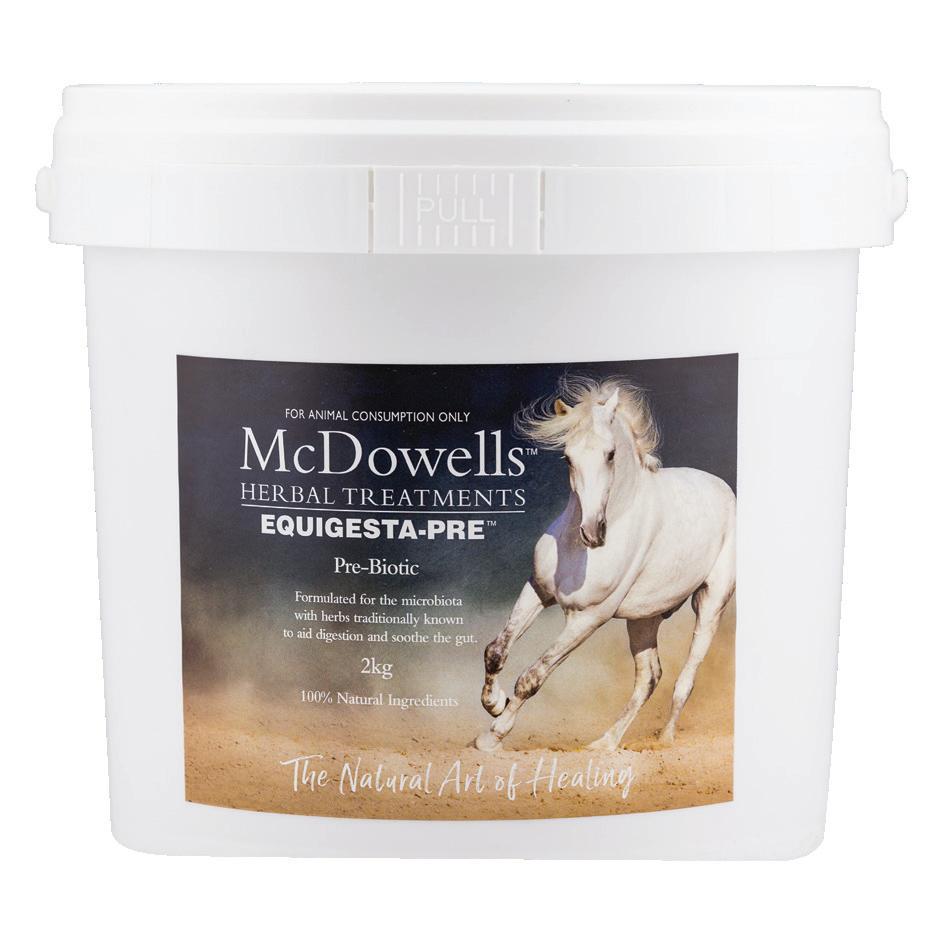
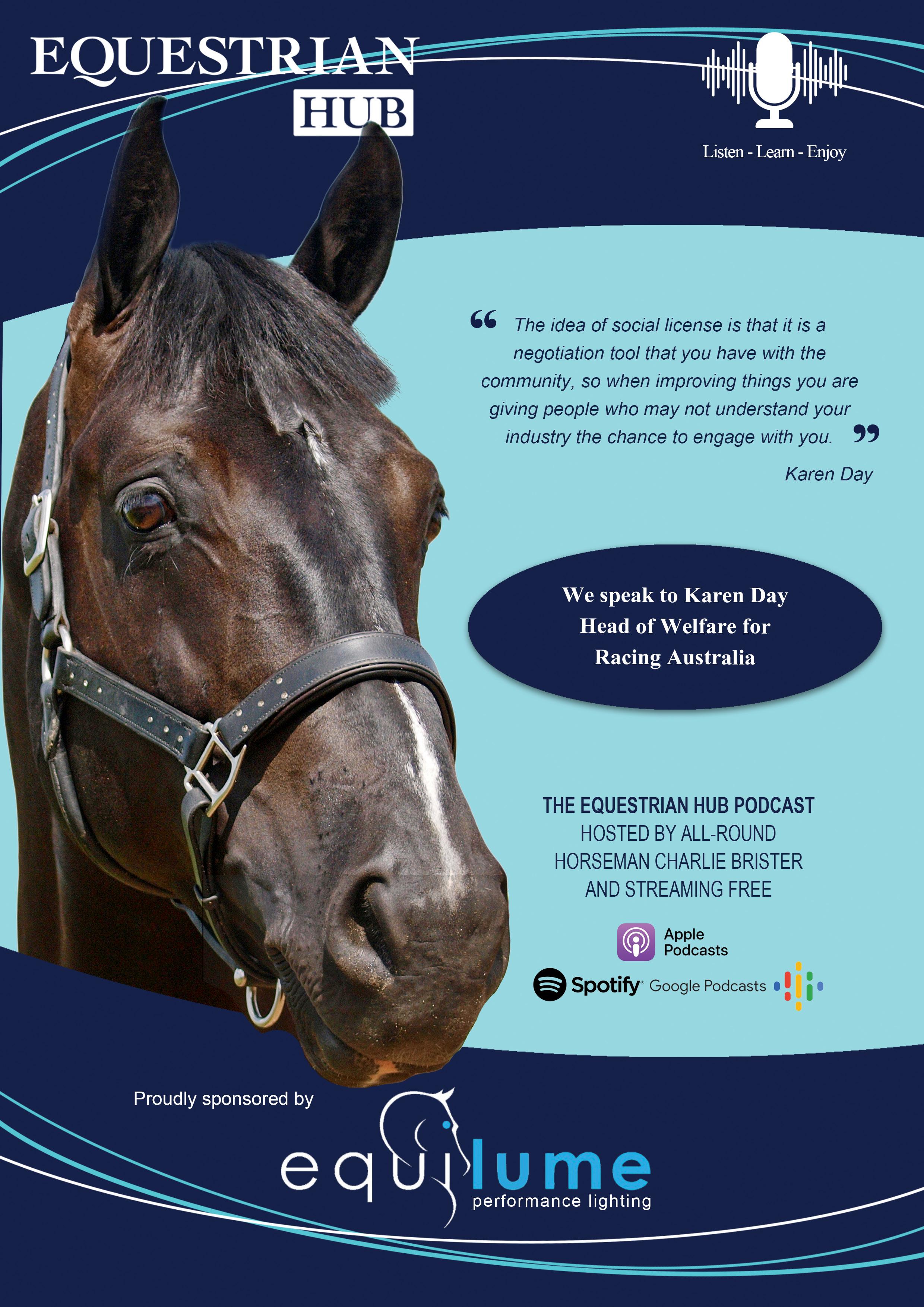
PRODUCT REVIEW









